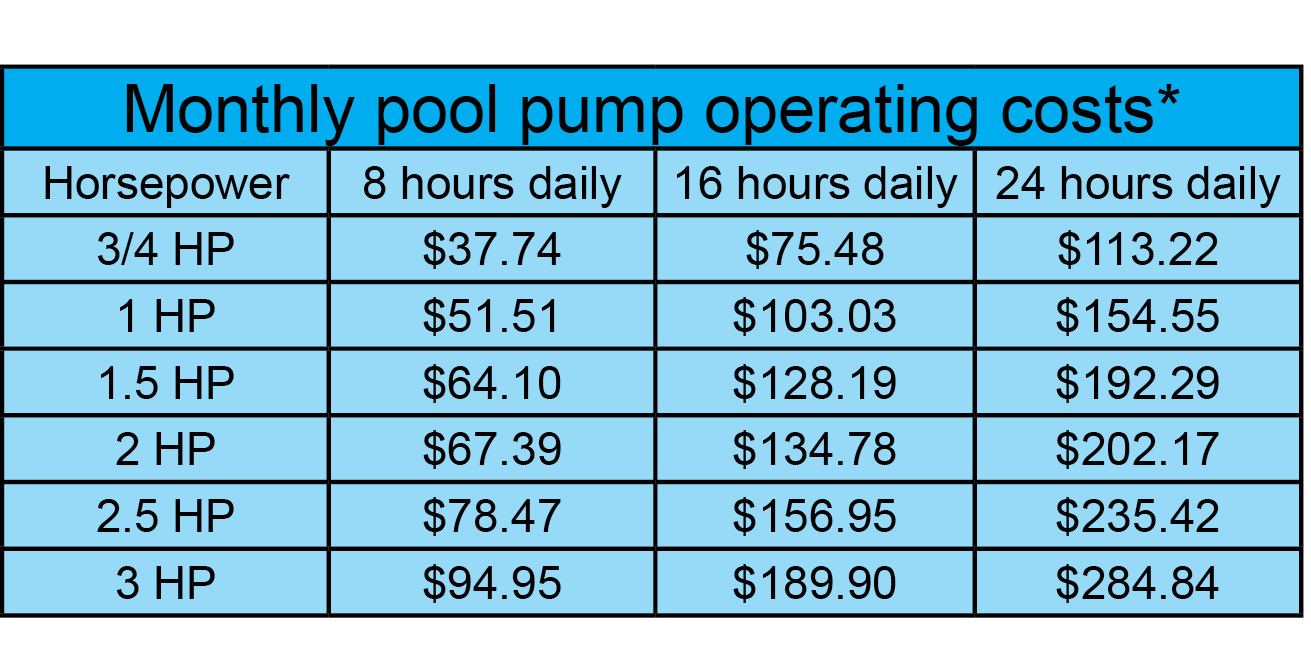Looks like those Summer 2008 staycations are back again due to prices at the gas pump. That generally means an uptick in backyard swimming pool purchases. If you don’t plan accordingly, you could also see an unusually high increase in your monthly kilowatt hour consumption.
Install an energy-saving pool pump and operate it efficiently. Using a smaller, higher efficiency pump and operating it less frequently can help lower pool energy costs.
Variable-speed pool pumps operate over a range of speeds and can be “dialed-in” to the specific speeds needed for different functions, such as basic circulation, heating, spa use, etc. These pumps allow homeowners to achieve the ideal filtration flow rate with the least amount of energy consumption.
The cleaner you keep your pool the less filtration you will require. Ideally, your goal should be to filter all the water once daily.
Keep filters clear of debris. Clogged filters force pool pumps to work even harder to circulate water. At first glance, a filter may not seem like an obvious spot to seek energy savings – that’s because the filter itself is not the energy guzzler; the culprit is the energy demands the filter makes on your pool pump. With this in mind, your choice of filter and its maintenance makes a difference in your quest for an efficient pool.

*Summer residential rate of 12.48¢/kWh does not include WPCA, NC sales tax or the basic facilities fee
Set your pool pump on a timer: We recommend putting pool pumps on timers with run times of 8-10 hours a day, depending on pool size. Also, set your pump and system to run during the late evening/early morning hours. Evening is also the best time of day to add pool chemicals since UV rays from direct sunlight significantly reduce free chlorine levels. Adding chlorine in the evening can cut your chemical costs by as much as 50%.
Want to extend your usable pool season beyond peak summer months? Use a cover when your pool is not in use. Swimming pools lose energy in a number of ways, but evaporation is by far the largest source of energy loss. Covering a pool when it is not in use is an effective way to reduce water loss through evaporation and during cool weather save up to 50%–70% on pool heating costs.
More ways to save energy
Download our Weatherization Guides for even more ways to save.


